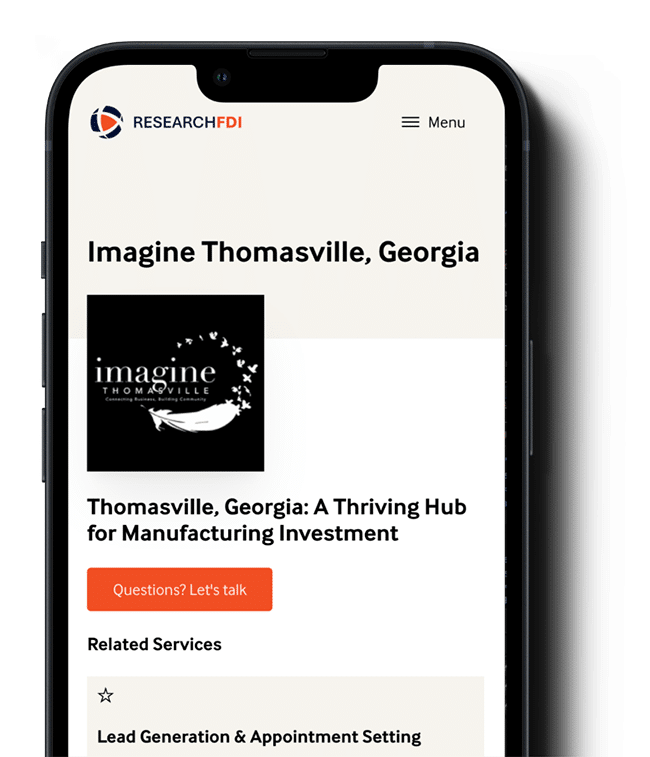In the five-plus months since COVID-19 rocked the world, business and economic disruptions caused by the widespread disease have left companies to rethink their supply chain and manufacturing strategies. Due to the consequences of the virus, the global conversation surrounding reshoring has resurfaced throughout major economic markets.
Before we lay out the pros and cons of reshoring and nearshoring, let’s highlight what the processes actually are.
What is reshoring?
Reshoring is a process used by businesses to bring their off-shored manufacturing and services back to their native country. The major argument for reshoring is based primarily on the notion that the total costs of manufacturing products can be reduced (avoid tariffs for one) and and that a region will develop a skilled and localized workforce.
What is nearshoring?
Nearshoring involves businesses moving their services and manufacturing to other countries that are much closer to their borders. While there is still some distance between both parties, the aim is to bring the manufacturing closer to its point of use. A company based out of the US for example, could nearshore their plants to Canada or Mexico.
Which to choose?
In comparing the two processes, choosing which one is best always comes down to whichever factors a business will place its highest priority towards. Nearshoring lowers overall travel costs, allows for swifter turnaround times, and minimizes issues that come with overcoming cultural barriers.
Nearshoring and reshoring can both help to stimulate local economies and some places even offer financial incentives for business to keep their operations onshore.
Benefits of reshoring:
Overseas manufacturing always had the competitive advantage of contributing to a companies’ bottom line due to low labor costs. Consequentially, control over quality is drastically diminished. Production standards vary across the globe, maintaining domestic operations makes it easier to maintain a stronger quality control and a shorter, more responsive supply chain..
Certain industries and businesses benefit more from reshoring, specifically manufacturers of parts for automotive, aerospace, and engineering sectors.
Reshoring and nearshoring in a post-COVID economy
In May, a Thomas survey reported that the COVID-19 impact on the US manufacturing and industrial market resulted in 64% of manufactures saying that they’re “more likely” to bring manufacturing back to North America.
The Thomas survey also found that one in four US manufactures is “considering” expanding to industrial automation. With the goal of offsetting the higher costs of manufacturing in the US, the adoption of robotics will become more likely, as per the Thomas report.
“The COVID-19 pandemic will fundamentally redefine how industrial companies approach their supply chains and will further advance the digital transformation of manufacturing,” says Tony Uphoff, president and CEO of Thomas. “By embracing real-time resource management, redundancy, reshoring, and the convergence between the digital and physical supply chains, manufacturers will come out of this crisis even stronger than they were before. It’s encouraging to see that even in the most uncertain and challenging of times, the North American manufacturing sector is adeptly rising to the occasion by pivoting production to address the urgent need for PPE and other medical supplies, hiring additional skilled workers, and supporting the industrial economy.”
As organizations look for new ways to mitigate supply chain risks, a rise in reshoring is expected, specifically within industries that generate high-profile margins.
The long-term impacts of the pandemic will see the US, Japan, and Europe reduce its dependence on the Chinese manufacturing sector, as per the Thomas survey. Specifically, Japan is planning to spend US$2.2 billion for Japanese sectors to relocate from China to Japan, Southeast Asia, and other low-cost countries.
Kearney, the management consulting company, recently released its seventh edition of its annual Reshoring Index, which attempts to prove whether reshoring is occurring and to what degree of success. In doing so, the report found that there’s been an increased amount of sourcing goods from Mexico from the United States. Nearshoring in Mexico has proved to have many advantages for the US market over importing from Asia, especially considering the two countries’ new NAFTA agreement, the USMCA.
In the last seven years that Kearney HAS calculated its trade ratio, there were close to .37 cents of manufacturing imports from Mexico for every US dollar manufacturing imports from Asia. As per the consulting company’s Reshoring Index, that ratio increased to .42 cents in 2019 as tariffs on goods from China increased.
According to Kearney’s Near-to-Far Ratio Calculations, for every $1 of US manufacturing important from Asian’s “low-cost countries (LCCs),” US producers import 42 cents worth from Mexico. Through nearshoring, imports are shifting away from China and trends are showing increased sourcing of goods from Mexico, proving added benefits for both economies as a result of nearshoring.
In the end
It seems like COVID-19 has expedited a trend that was already in motion for the manufacturing industry around the globe. Between trade wars and tax cuts, businesses and corporations are now rethinking their global manufacturing and sourcing strategies. Though, of course, it’s not as easy as it sounds – reshoring can prove to be quite costly by having to pay-out oversea employees and write off tools and machinery. Returning domestically might be tough as well – businesses may have to develop an entirely new supply base and deal with the environmental, health, and safety restrictions that can be complicated and political.
As the dust (hopefully) starts to settle across the world, the conversation surrounding the prospect of nearshoring and reshoring manufacturing will boom, but it will not happen overnight.



